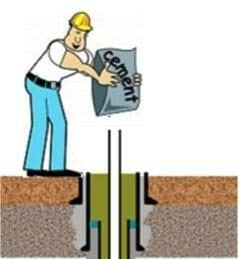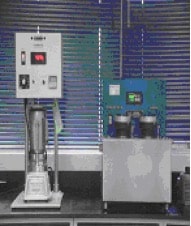First, here is a handy table to simplify the process of cement slurry design: Additive Type Purpose Considerations Extenders IWater, Bentonite (clays), pozzolans, amorphous silica, Sodium Silicate, etc. Reduction of hydrostatic or greater economy.Lower slurry density from less than 15.8 down to 11.5 ppg, typically.Higher slurry yield (more slurry volume per sack). Change slurry rheology […]
Workover Cementing Techniques. (3) Plug Cementing
Continuing with this series of posts covering some of the cementing techniques applicable in workover operations, I want to talk further about plug cementing. In previous posts, I have covered extensively plug cementing. This time I am providing information regarding laboratory testing and some considerations when cement plugs are intended for well abandonment. Cement Slurry […]
Cement Slurry Mix Design Decision Tree
The optimal cement slurry mix design principle There is one principle that I have learnt to always keep in mind when talking about designing a cement mix slurry. This principle is easy to remember: ‘the simpler, the better.’ In this context, this means using the lowest amount of additives as is reasonable, and using them […]



Recent Comments